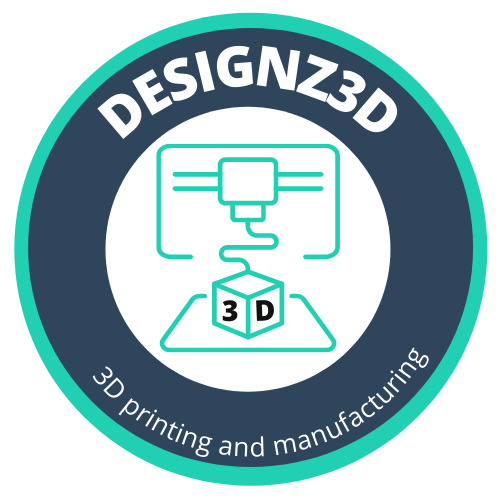In the realm of modern technology, few innovations have captured the imagination quite like 3D printing. From science fiction to reality, this revolutionary technology has emerged as a game-changer across a plethora of industries. Its impact resonates from manufacturing to healthcare, from education to aerospace, offering a realm of possibilities limited only by our imagination. In this blog post, we delve into the captivating world of 3D printing, exploring its diverse applications and the transformative power it wields.
-
Manufacturing Revolutionized: Traditional manufacturing processes often involve extensive tooling, time-consuming processes, and substantial waste. Enter 3D printing, where complex geometries are no longer a challenge. Manufacturers can create intricate designs with unparalleled precision, slashing production time and costs. Prototyping becomes seamless, allowing for rapid iterations and design improvements. From automotive parts to consumer goods, 3D printing has revolutionized the manufacturing landscape.
-
Healthcare Breakthroughs: In the realm of healthcare, 3D printing is a true lifesaver. Customized prosthetics, implants, and medical devices can be tailored to individual patients with unmatched accuracy. Surgeons utilize 3D-printed models for pre-operative planning, enhancing surgical outcomes and reducing operating time. Bio-printing is pushing boundaries, with the potential to print human tissues and organs, offering hope to millions awaiting transplants. The intersection of 3D printing and medicine is paving the way for personalized healthcare solutions.
-
Architectural Marvels: Architects and designers are harnessing the power of 3D printing to bring their visions to life. Scale models, once painstakingly crafted by hand, are now digitally sculpted with precision. Entire buildings and infrastructure components can be printed on-site, revolutionizing the construction industry. Sustainable materials and innovative designs are pushing the boundaries of architecture, creating structures that blend form with function seamlessly.
-
Educational Tools: In the realm of education, 3D printing is a powerful tool for learning and innovation. Students can transform abstract concepts into tangible objects, fostering creativity and problem-solving skills. From engineering prototypes to historical artifacts, 3D printing brings learning to life in classrooms around the world. It nurtures a culture of experimentation and exploration, preparing the next generation of innovators to tackle real-world challenges.
-
Aerospace Advancements: The aerospace industry demands precision, reliability, and lightweight materials. 3D printing delivers on all fronts, enabling the production of complex aerospace components with minimal weight and maximum strength. From jet engine parts to spacecraft components, 3D printing is driving innovation and pushing the boundaries of aerospace engineering. Rapid prototyping allows for swift design iterations, reducing time-to-market for new aircraft and spacecraft.
Conclusion: In conclusion, the impact of 3D printing is profound and far-reaching, transcending boundaries and unlocking new possibilities across diverse industries. From manufacturing to healthcare, architecture to education, and beyond, 3D printing is reshaping the way we design, create, and innovate. As technology continues to evolve, the potential of 3D printing remains limitless, promising a future where the impossible becomes possible, one layer at a time.
